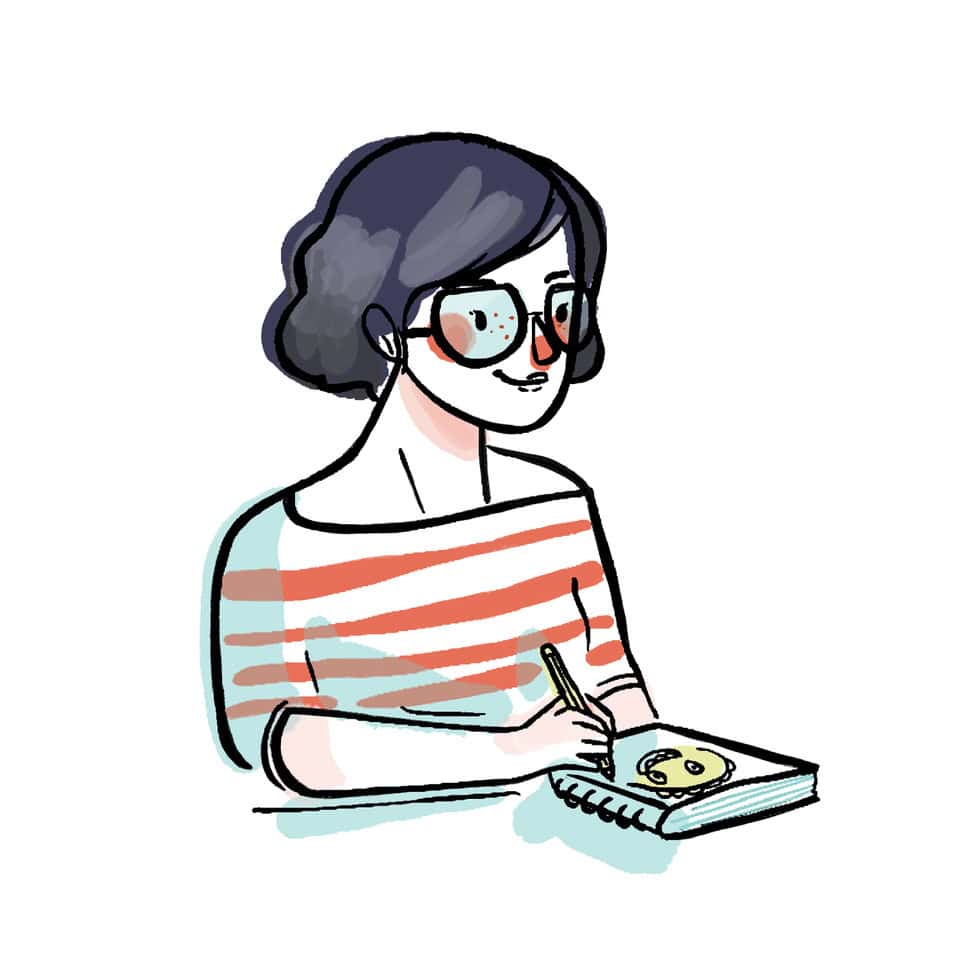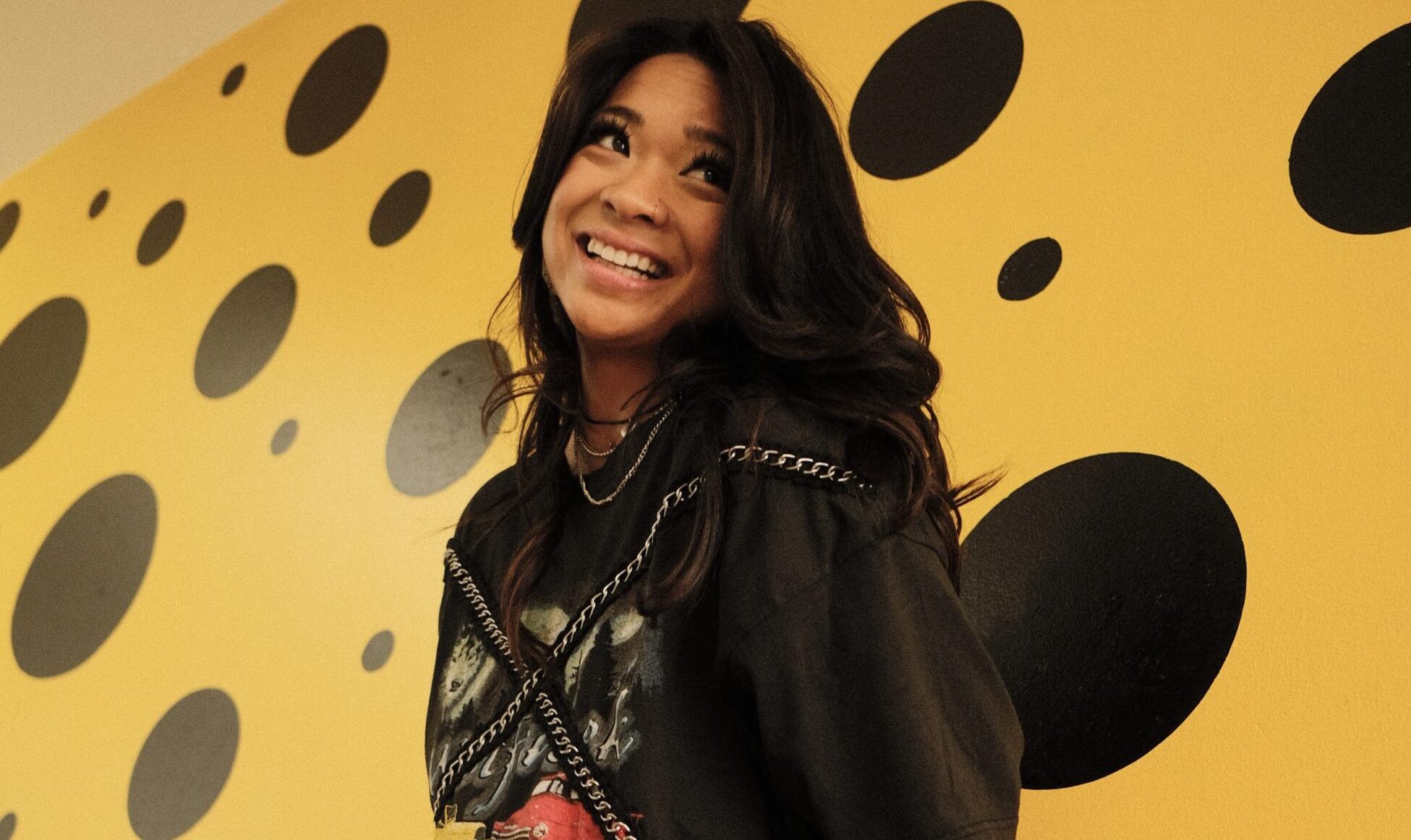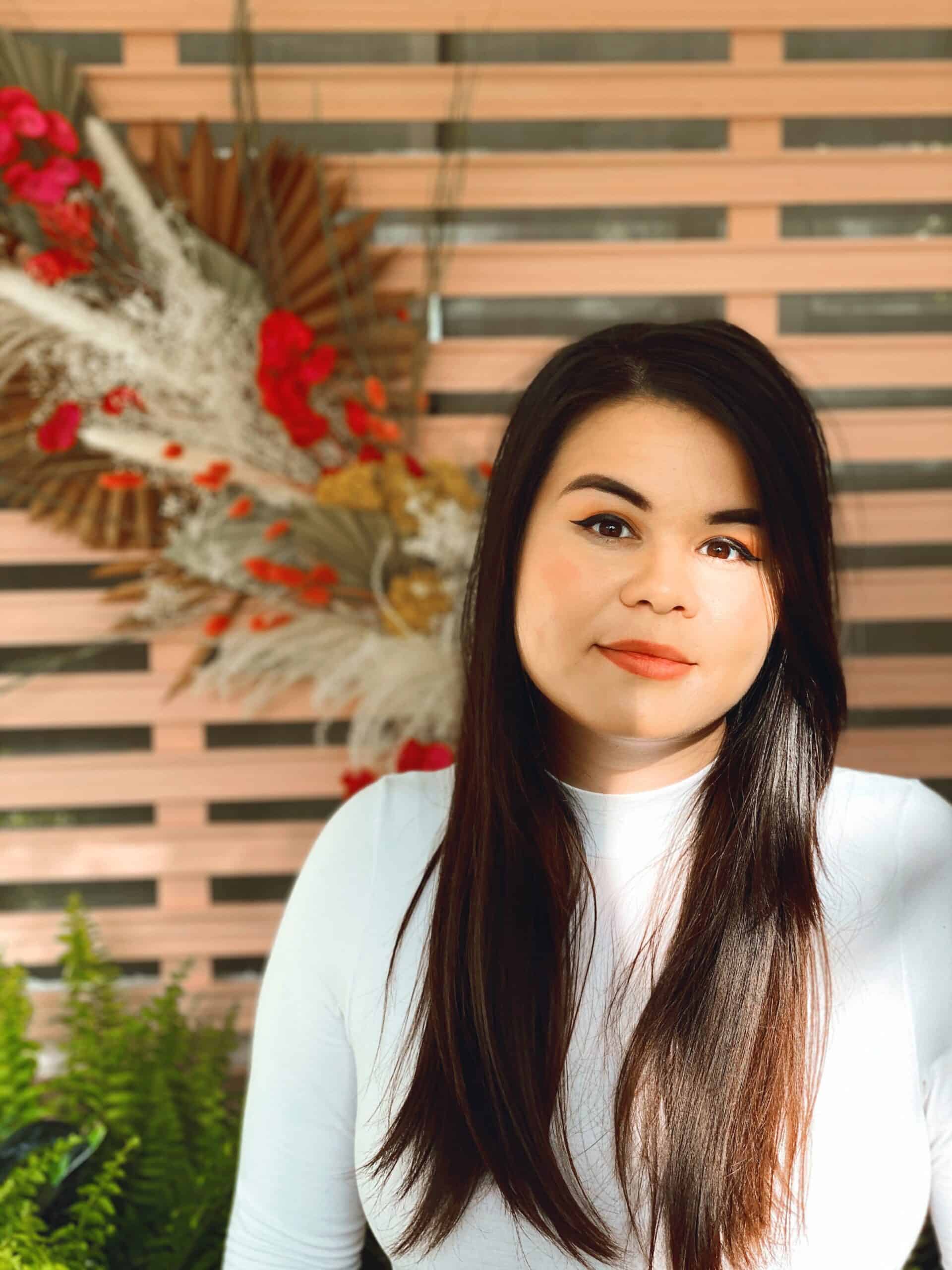Meet Caroline Attia Lariviere, a versatile artist whose journey in the world of illustration and animation has led her to establish Caroline Attia Studio. With a background in illustration and animation from the early 2000s, Caroline embarked on a freelance path driven by a passion for storytelling and creativity. Over the years, she honed her distinctive style and methodology, taking on commissioned projects while also nurturing her own personal projects. Today, Caroline’s work is deeply inspired by the imaginative adventures of childhood films and books, reflecting a blend of nostalgia and innovation. In this interview, Caroline shares insights into her creative process, the challenges of being an independent artist, and her aspirations for the future of her studio.
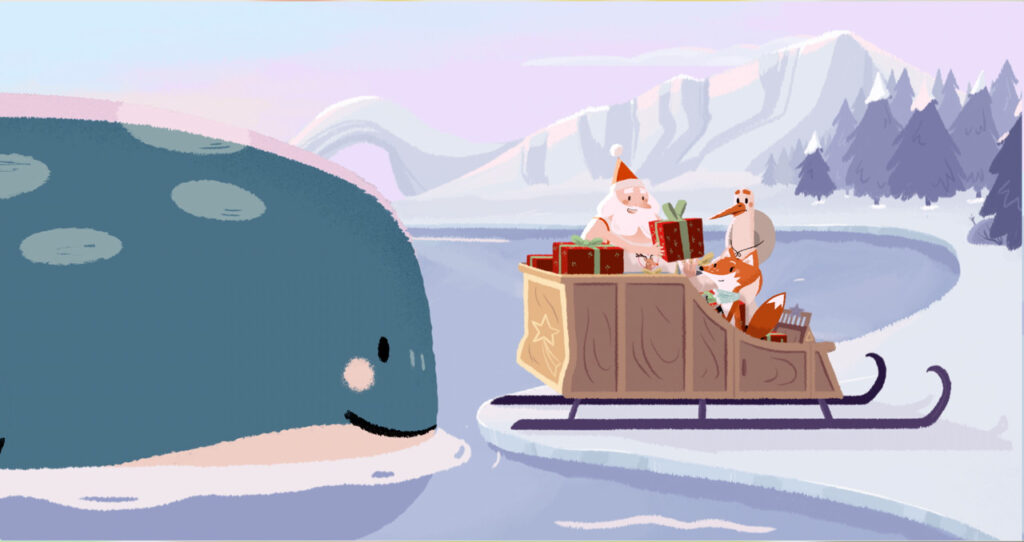
What led you to establish Caroline Attia Studio? Was there a specific moment or experience that motivated you to start your own creative venture?
I studied illustration and animation in the early 2000s. At that time, as an illustrator, there really was no other way to work than being freelance. Nobody was hiring full-time illustrators, and on the animation side, I worked two weeks as an assistant animator in an animation studio and decided it was not for me. I wanted to make my own films, even for commission, and keep navigating between illustration and animation, so I went the freelance route almost straight out of school. Little by little, project by project, I established a distinctive animation and illustration style, as well as a methodology to take on commissioned films from script to finished product. That led me to establish myself as a studio and hire other freelancers to work with me when the budget of my project allows it. But “studio” is more a title than a real structure; I am an independent working with other independents.
What are some of the challenges you’ve faced along the way in building your career and studio? How did you overcome them?
I see two main challenges as being an independent: first, managing to deal with very slow and very busy periods. Usually, there’s never a middle ground; you either have not enough work or too much. Finding a balance in those periods is important, and not taking on too much work when it’s busy to have decent hours avoiding burn out is tricky but important. I guess having children solves this dilemma a little. It’s easier to put boundaries with clients then.
The other challenge for me was to find the right harmony between personal projects and commissions. The first seven years of freelancing were all only commissions. I was glad to have been pretty busy quite soon and have only a few very slow periods, the worst being in 2009 right after the subprime crisis. I did not work at all for three months, but things picked up back right after. But I felt a little empty after those seven years. I felt I was only a mercenary doing the same thing, and I had stories in me I wanted to tell. So I started putting some time aside for personal projects, and I ended up selling those projects. Currently, I am working on a TV special I started writing in 2017 as a book and ended up making into an animated film. So I guess it’s important to know why you are doing those jobs and find the right balance between passion and money. I love my commission works as they allow me to take space without having to worry about money for my own work, and I think now I have the right balance between them.
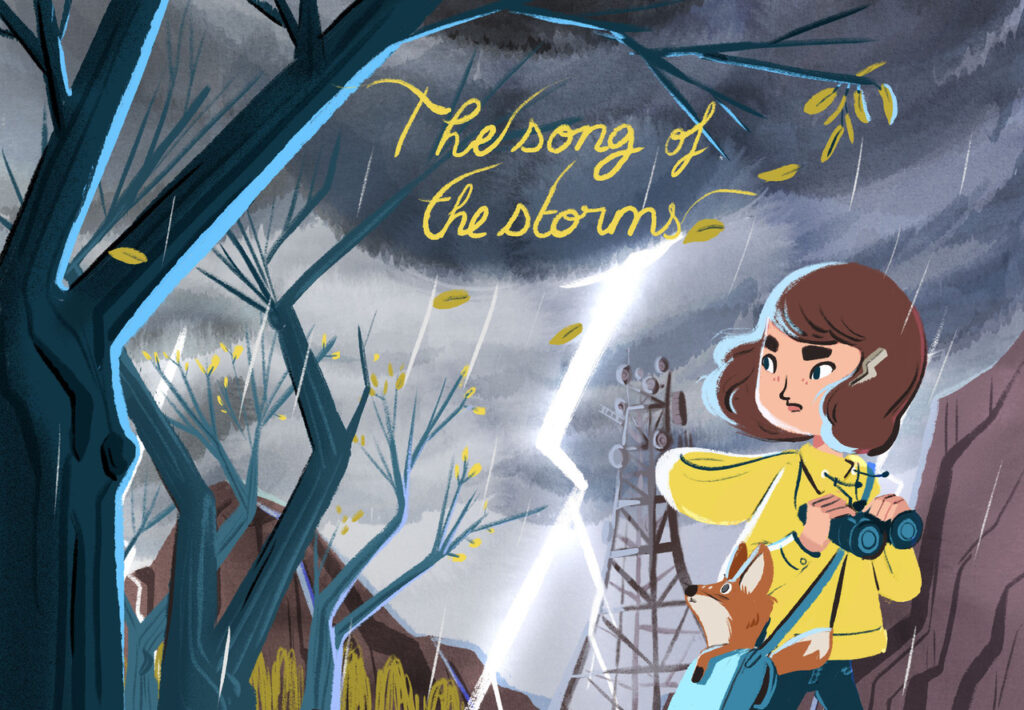
Your work is deeply inspired by the adventure and imagination found in childhood films and books. How do you translate that inspiration into your animations and illustrations?
I guess my imagination was the most stimulated when I was a child with films such as Star Wars, a never ending story, books like the Roal Dalh books or Anthony Horowitz’s Jules Vernes … , it was also the age I started drawing very seriously and discover animation films and comics. When I understood those good be real jobs I decided this was gonna be my life. I have always wanted to tell those kind of stories for the 9 years old me and now for the kids around me so I guess that’s why there is this influence in my work.
Can you share a memorable project or piece of work that you’ve created and explain what makes it special to you?
Apart from the projects that are my own personal films such as “Northern Lights” or “Song of the Storm,” : a 26 TV special I am currently directing for Canal +, one project that felt particularly remarkable to me was when I was commissioned to create illustrations for Christmas at the Jardin d’Acclimatation in Paris. The illustrations were initially made for a book sold in the park, but they were later utilized extensively throughout the park for decoration and merchandise. It was quite surreal to see my work displayed so prominently and on such a large scale. It was even featured on 4×3 billboards in the subway stations across Paris.
How do you approach the creative process? Do you have any rituals or routines that help you stay inspired and focused?
My daily routine is pretty basic, and mostly driven by my kids school hours. Creativity is never something steady : it comes and goes.There are times when ideas just flow more freely. When I’m in that zone, I make sure to write down every single idea I get in a notebook. But when inspiration dries out, I go for walks, do some Yoga, and catch up on movies or books, takes my head out of my work. I’ve learned to accept those dry spells by focusing on other things. Working on commissioned projects helps too, because it gives me some structure and guidelines to work with. Plus, it’s usually easier to come up with ideas when there are some boundaries. When I’m gearing up to launch my own projects, I find it really helpful to join a writing workshop. It gives me deadlines to aim for and a bit of a framework to keep me on track.
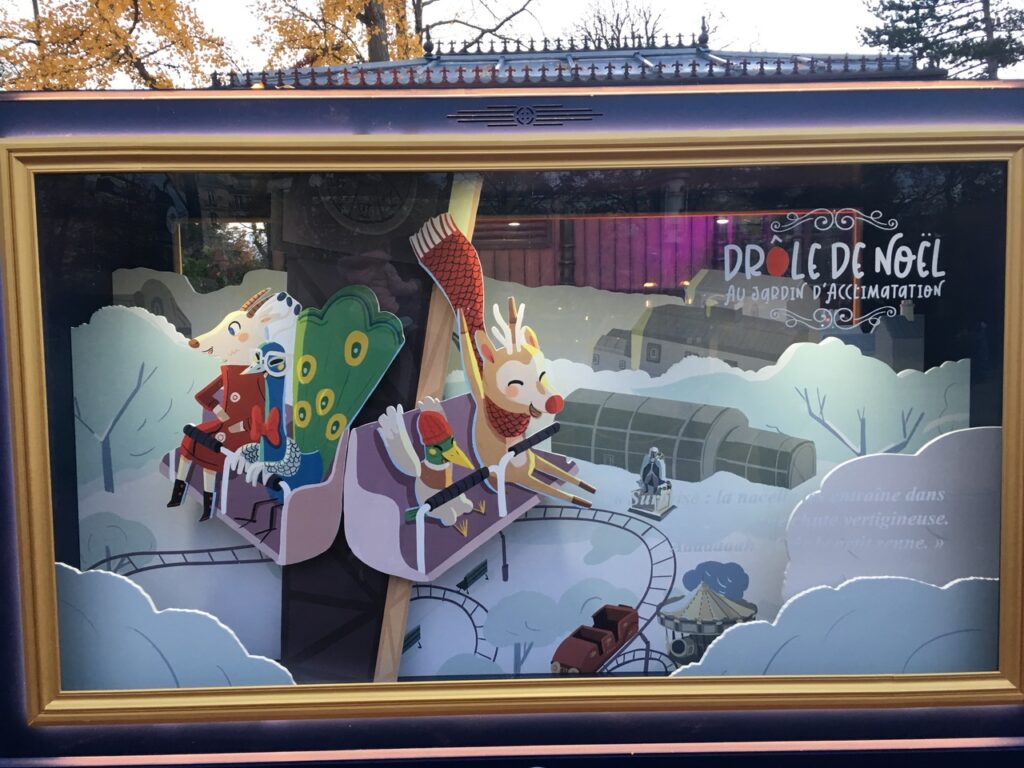
As an entrepreneur and artist, how do you balance the business side of running a studio with the creative aspects of your work?
I’ve always maintained a light structure rather than opting for a larger studio. I’ve toyed with the idea of expanding with associates, but I knew it would leave me with less time for creative pursuits, so I decided against it. I’d estimate that creative work makes up about 70% of my workload, with administrative tasks, promotion, and other obligations accounting for the remaining 30%. I’m fortunate to have representation that helps me find work, and after 20 years, it’s become a bit easier. However, even during busy periods, I make a point to remain visible. Waiting until work dries up before seeking the next project can lead to months of downtime. Even with my own film projects, I’m aware that it can take several years from conception to production, so I always have side projects in development.
What advice would you give to aspiring animators and illustrators who are just starting their journey in the industry?
I would say, develop a portfolio of the work you want to make because people will always call you for what they see in your previous work. It’s very rare for them to take a leap of faith by offering you a job outside of what you primarily showcase.
Also, never neglect personal projects. They are a way to experiment, increase your visibility, and they can also actually get made.
Always learn new skills. If you’re not comfortable speaking in public and pitching an idea, it’s not a curse; it gets easier with practice. But if you never do it, it won’t.
Don’t hesitate to have several skills when you start out, even if it’s not what you want to do the most. My first gigs were in motion design at a time when it was not as developed as it is now. I was animating photos, types, and videos when I wanted to do character animation. However, it paid my first bills, and little by little, I oriented my work towards what I wanted to do.
Accounting, administrative, and promotional work may seem mundane, but if you want to be independent, you have to learn a bit of those and know how to manage your finances for the dry spells. Being an entrepreneur is great as you are your own boss, but it comes with responsibilities too.
How do you stay updated with the latest trends and technologies in animation and illustration?
I listen to a lot of technical podcasts, I try to attend workshops to learn new skills (although currently my focus is on writing), I go to a few conferences, and I read some online magazines.
Looking ahead, what are your goals and aspirations for Caroline Attia Studio in the coming years?
I suppose my main goal would be to direct a feature film. Currently, I’m in the process of writing one, so hopefully, I can find a producer and turn this project into a reality. In addition to that, I aim to continue telling stories through animation and illustration.
